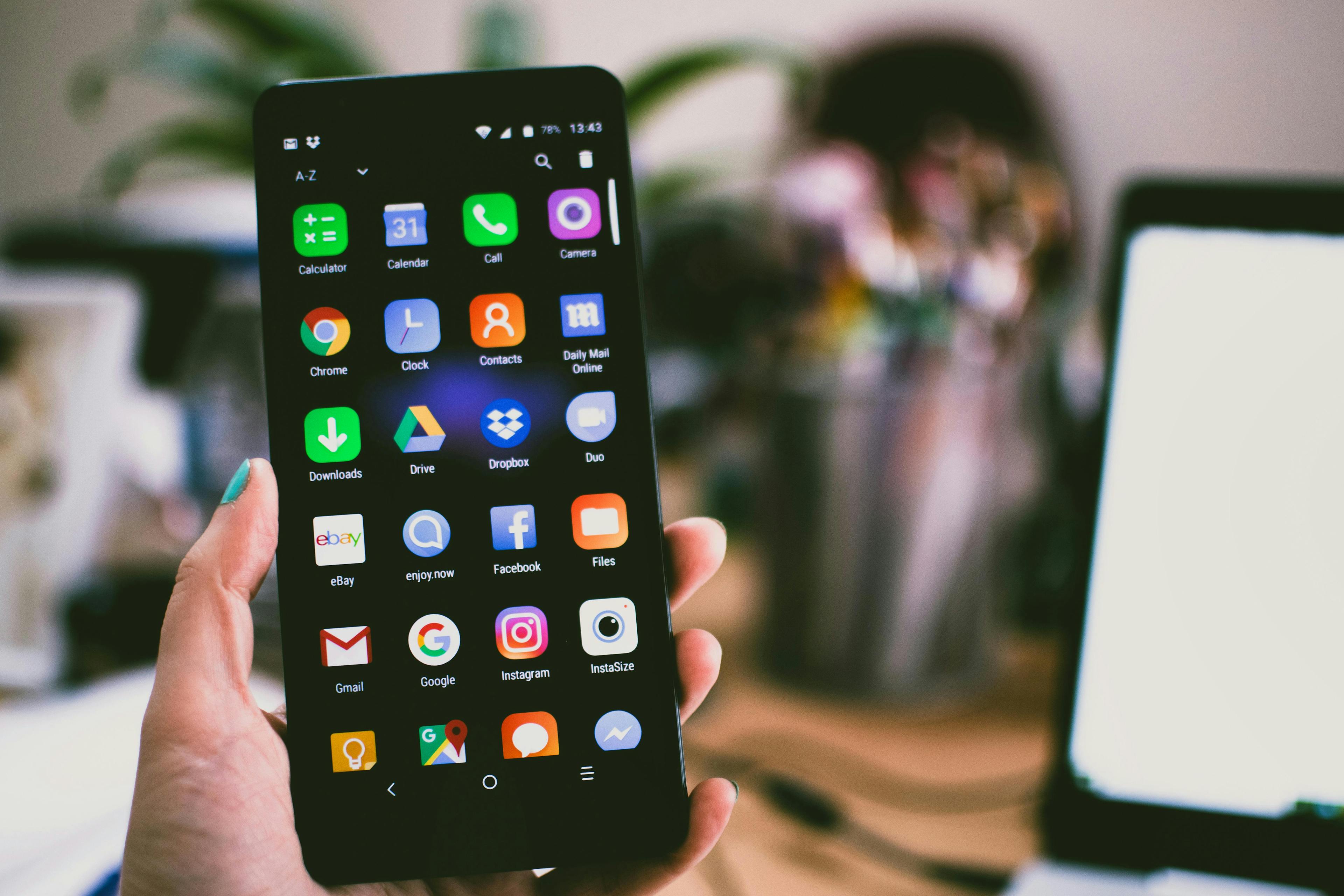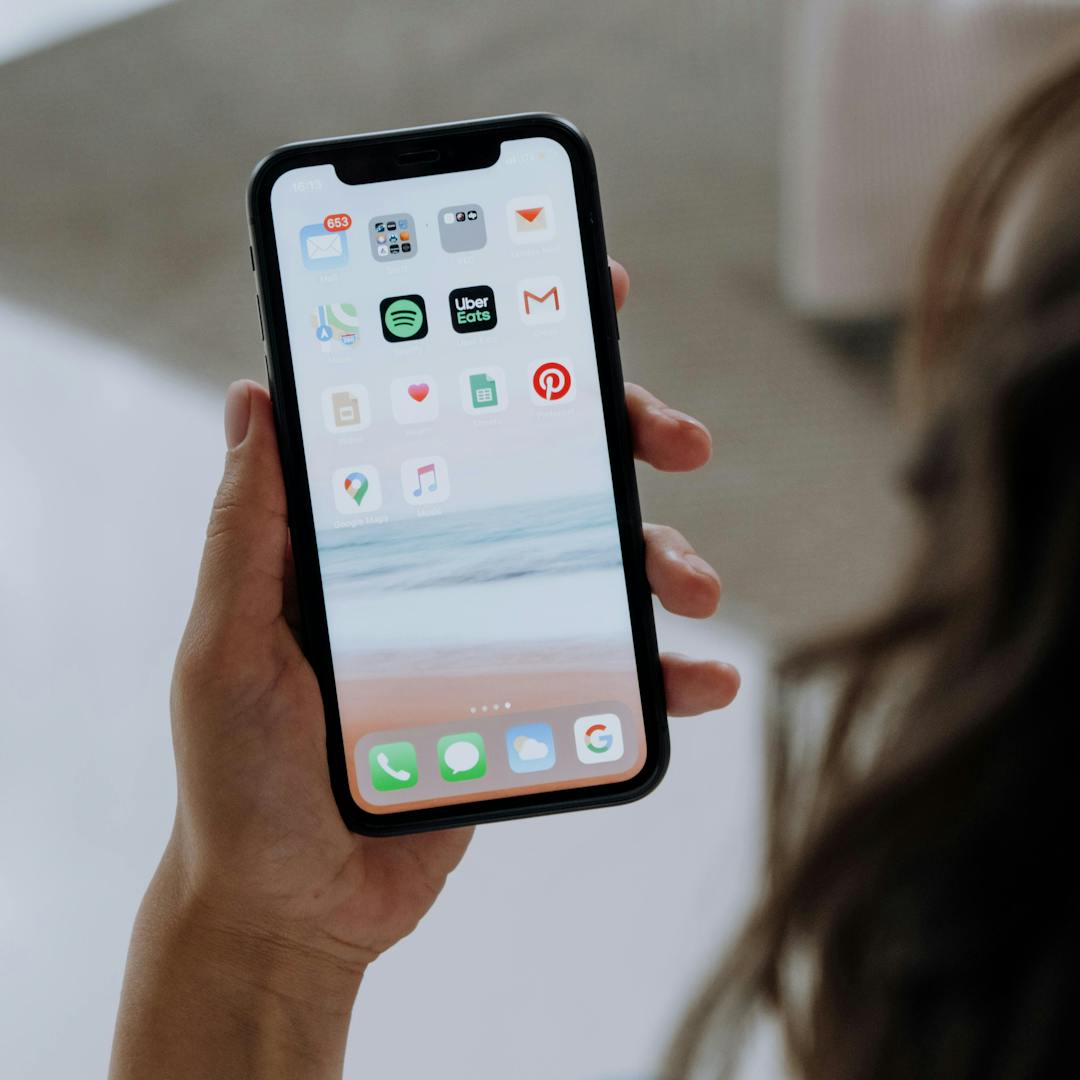The Cost Difference Between Building for iOS vs. Android in 2025
As businesses plan their mobile app development strategies in 2025, one of the biggest decisions they face is whether to build for iOS, Android, or both. While both platforms are widely used, their development costs can vary due to differences in programming languages, design requirements, app store policies, security regulations, and device fragmentation.
Understanding these cost variations is essential for businesses looking to optimise their app development cost while targeting the right audience. This blog explores the latest trends in 2025 and how they influence the cost of developing an app for iOS vs. Android.

Key Cost Factors in iOS vs. Android Development (2025 Updates)
Several factors contribute to cost variations between iOS and Android, including technical complexity, development time, testing requirements, and platform-specific fees. With the latest industry advancements, some of these differences have evolved in 2025.
1. Development Complexity and Programming Language Trends
The primary reason for cost differences between iOS and Android apps lies in their programming languages and development tools:
iOS Apps:
Developed using Swift 6, the latest iteration of Apple's programming language.
Swift 6 has enhanced AI-powered code assistance, leading to faster and more efficient development.
Apple's Xcode 15+ continues to improve app optimisation, reducing testing and debugging time.
Android Apps:
Developed using Kotlin Multiplatform (KMP) and Java, with KMP allowing shared logic across platforms.
Android development is becoming more efficient, but device fragmentation still requires extensive testing.
Android Studio Arctic Fox+ has improved development speed but still lags behind Swift’s streamlined performance.
✅ 2025 Update:
iOS development remains faster and slightly cheaper due to Swift’s improvements.
Android is catching up, thanks to Kotlin Multiplatform, which reduces some duplication of effort when building for both platforms.
2. Device Fragmentation and Testing Costs
One of the biggest differences between iOS and Android development costs is the variety of devices each platform supports:
iOS Apps:
Apple continues its limited hardware ecosystem, with a focus on iPhone 14, 15, and 16 series, iPads, and Apple Vision Pro.
New iOS versions see high adoption rates (85%+ of users update within a year), reducing the need for backward compatibility.
Lower testing costs since apps only need to be optimised for a small number of screen sizes.
Android Apps:
Android 15 and Android 16 continue to support thousands of devices from manufacturers like Samsung, Google, Xiaomi, and OnePlus.
Many users still run older OS versions, requiring apps to support legacy systems.
More devices = higher testing costs, as developers must account for different screen resolutions, performance levels, and hardware configurations.
✅ 2025 Update:
Testing costs for Android apps remain significantly higher due to fragmentation.
iOS apps are still cheaper to test because Apple users quickly upgrade to the latest OS versions.
3. App Store Fees and Publishing Costs
Both Apple’s App Store and Google Play Store charge fees for hosting apps, but there are notable differences in their pricing structures:
Apple App Store:
Developer account fee: £79 per year.
Strict manual review process: Higher rejection rates, requiring developers to spend more time meeting Apple’s guidelines.
App Store commission: 15–30% on transactions and in-app purchases (similar to previous years).
Google Play Store:
Developer account fee: One-time payment of £20.
Faster and more automated approval process, reducing time-to-market.
Google Play’s commission structure now favours small businesses, with lower fees for the first £750,000 in earnings.
✅ 2025 Update:
Google Play remains cheaper and faster for launching an app, making it ideal for startups.
Apple’s App Store is more expensive upfront but ensures high-quality control, which may reduce post-launch update costs.
4. User Demographics and Monetisation Potential
Understanding user demographics and spending behaviour is key when deciding between iOS and Android.
iOS Users (2025 Trends)
Higher spending power, more likely to pay for premium apps, subscriptions, and in-app purchases.
Stronger engagement and retention rates, making iOS apps more profitable long-term.
iOS remains dominant in North America, Western Europe, and Australia.
Android Users (2025 Trends)
Larger global audience, particularly in Asia, Africa, and South America.
More users prefer free apps monetised through ads, rather than in-app purchases.
New Android 15+ features support AI-powered ads, boosting ad revenue potential.
✅ 2025 Update:
iOS remains the better choice for revenue-driven apps (e.g., subscription-based models).
Android is ideal for ad-supported apps targeting large user bases in emerging markets.
5. Security & Privacy Regulations in 2025
Security and compliance costs are rising for both iOS and Android apps:
Apple continues its privacy-first approach, with stricter rules on data tracking, app permissions, and user transparency.
Android’s new security regulations (2025) have introduced enhanced AI-based fraud detection but require additional development work for compliance.
GDPR-like laws in the U.S. and Asia-Pacific markets are increasing security-related development costs across both platforms.
✅ 2025 Update:
Apple’s stricter policies require more upfront compliance work, but result in fewer security vulnerabilities.
Android security costs have risen due to new AI-powered compliance measures, increasing development time for privacy-focused apps.
Should You Build for iOS, Android, or Both?
Choose iOS First If:
✅ Your app relies on in-app purchases or subscriptions for monetisation.
✅ You want a faster development cycle with lower testing costs.
✅ Your target audience is in high-income markets like North America or Western Europe.
✅ You need higher security and compliance standards.
Choose Android First If:
✅ You want to reach a larger global audience at scale.
✅ Your app will use an ad-based revenue model rather than subscriptions.
✅ You’re targeting emerging markets where Android dominates.
✅ Your app requires custom hardware integrations (IoT, wearables, automotive).
Choose Cross-Platform Development If:
✅ You need to reach both iOS and Android users efficiently.
✅ Your app doesn’t rely on platform-specific features.
✅ You’re using Flutter 4.0 or Kotlin Multiplatform, which reduce costs by up to 40% compared to separate native development.

Conclusion: Understanding the Cost Trade-Offs in 2025
The cost of iOS vs. Android development depends on multiple factors, including development speed, testing complexity, monetisation strategy, and security compliance.
iOS development is still faster and more cost-effective due to Swift 6’s improvements and Apple’s streamlined ecosystem.
Android development requires more extensive testing and security compliance, increasing costs.
Cross-platform tools like Flutter and Kotlin Multiplatform are reducing costs, making it easier to develop for both platforms.
At Mighty Labs, we specialise in cost-effective, high-performance mobile app development. Whether you’re building for iOS, Android, or both, our expert team ensures a smooth and scalable development process.
Ready to start your app? Contact Mighty Labs today to discuss the best approach for your business. 🚀
Ready to have a conversation?
Book a call with us